If you’re visiting our website, chances are you already know what XR is. It stands for extended reality, which includes virtual reality (VR), augmented reality (AR), and mixed reality (MR). Basically, it’s all about creating immersive and interactive experiences using digital devices.
XR technology is constantly evolving and improving. Here are some of the trends and innovations that sound fantastic:
Haptic Feedback
This is the ability to feel physical sensations in XR environments, such as touch, pressure, vibration, and temperature. Imagine being able to feel the texture of a virtual object, the force of a virtual punch, or the warmth of a virtual hug. Haptic feedback can make XR experiences more realistic and engaging, and also enhance learning and training outcomes.
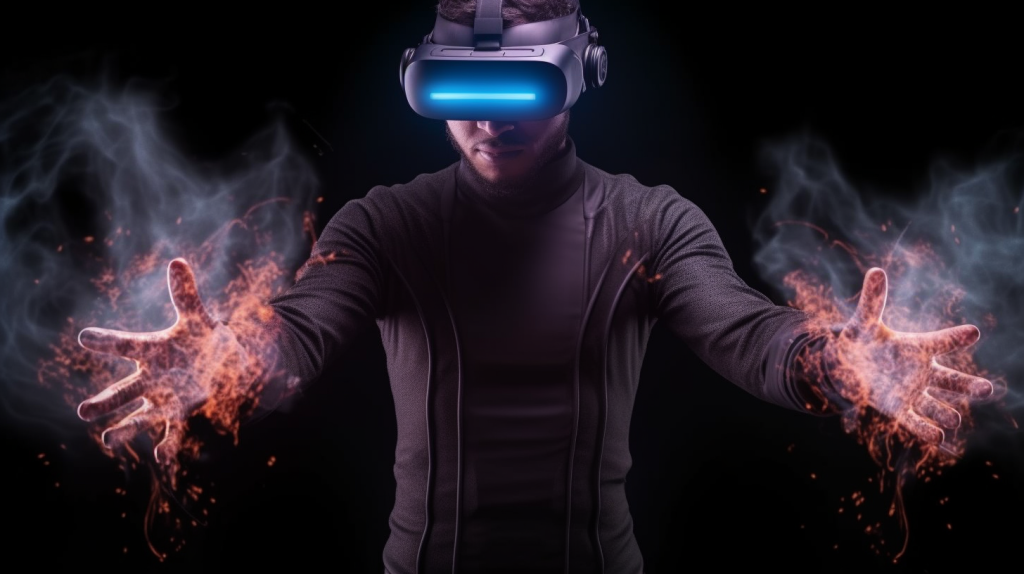
Eye Tracking
Eye tracking is the ability to track the movement and direction of the user’s eyes in XR environments, which can enable more natural and intuitive interactions. For example, eye tracking can allow users to control menus and interfaces with their gaze, or to trigger events and animations based on where they look. Eye tracking can also improve the quality and performance of XR devices by adjusting the resolution and focus of the display according to the user’s eye position.
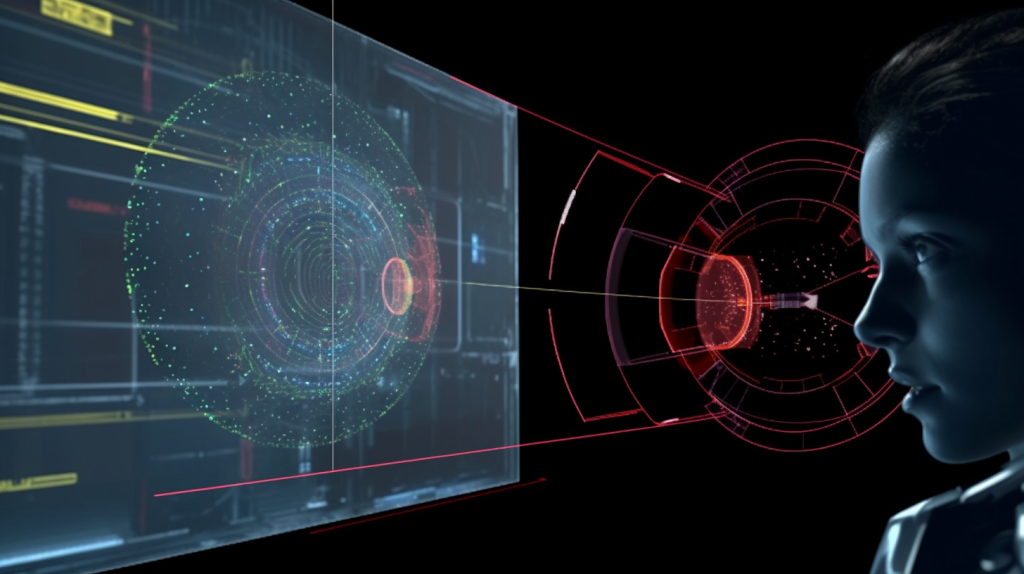
Brain-Computer Interfaces
This might sound supernatural; however, it is actually happening. Brain-computer interfaces allow users to communicate with XR devices using brain signals, such as thoughts, emotions, and intentions. Imagine being able to control your avatar or manipulate your environment with your mind. Brain-computer interfaces can open up new possibilities for XR experiences, especially for people with disabilities or limited mobility.
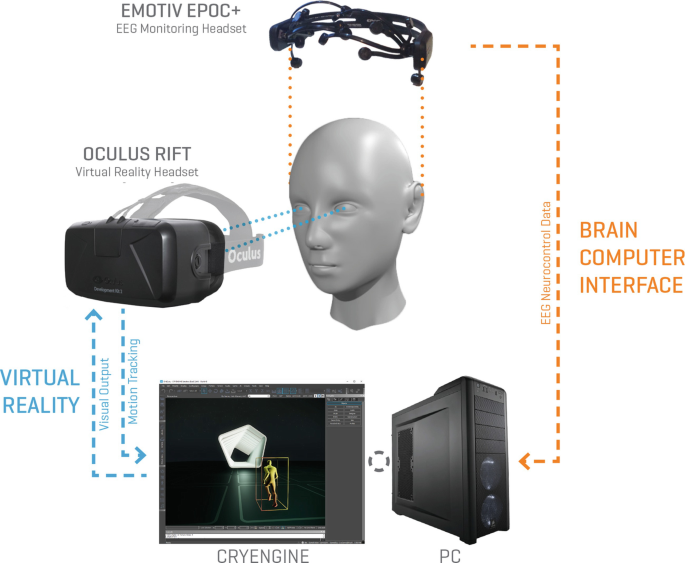
I I for one think we are living in an exciting time where we can witness and participate in the creation of new realities. What do you think?

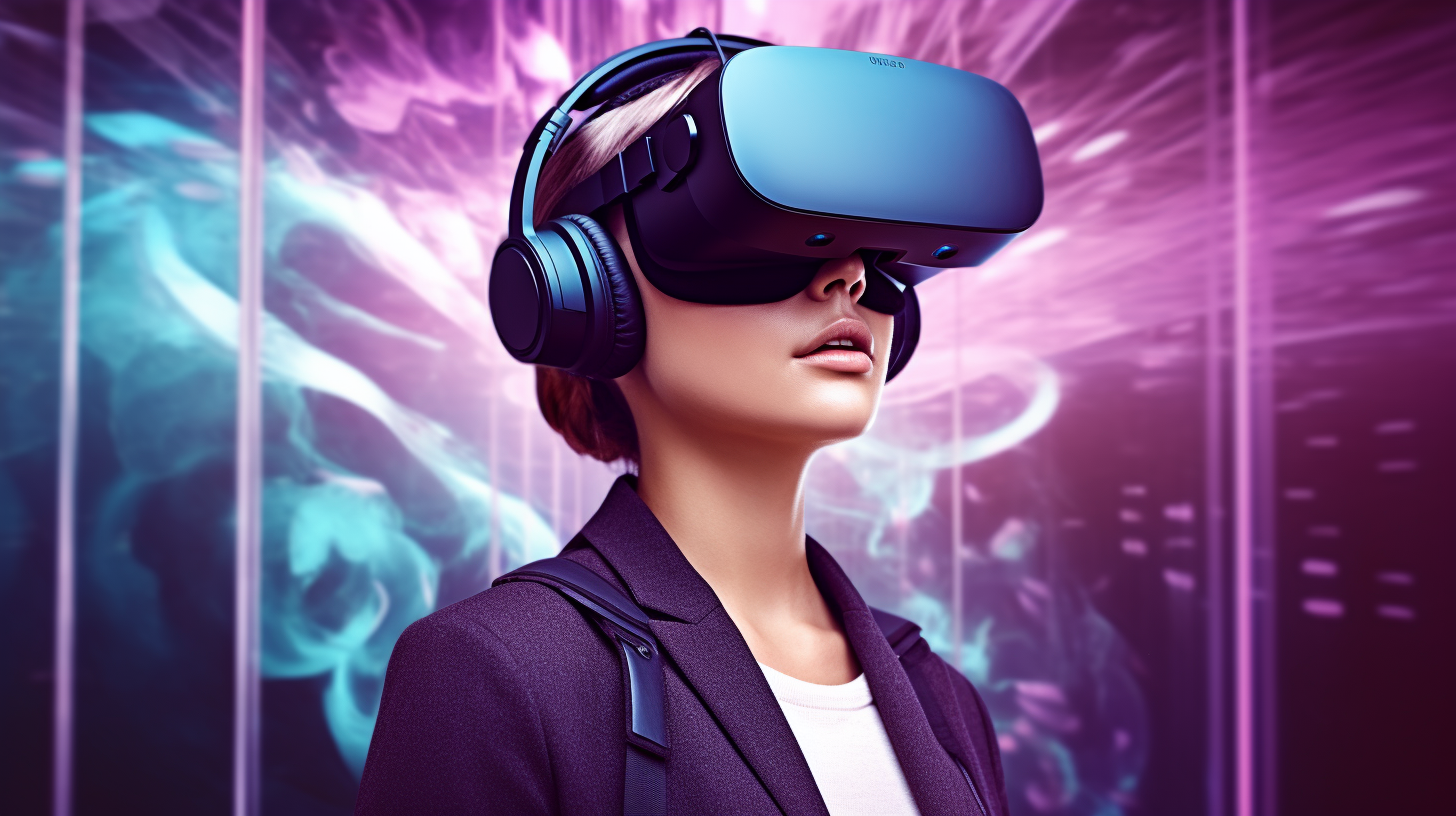
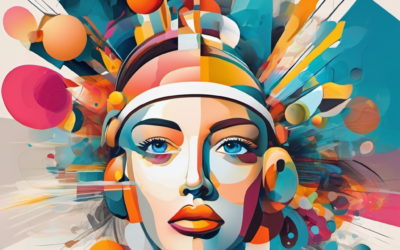
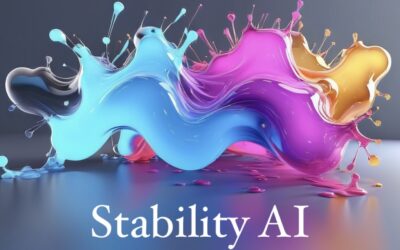
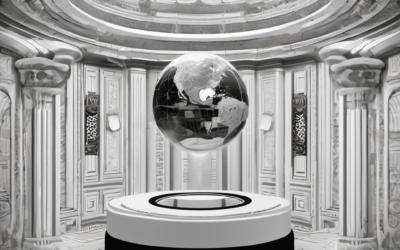
0 Comments